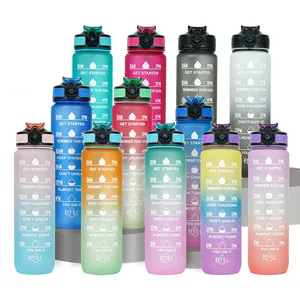Phổ biến trong ngành của bạn

















Các tìm kiếm liên quan:


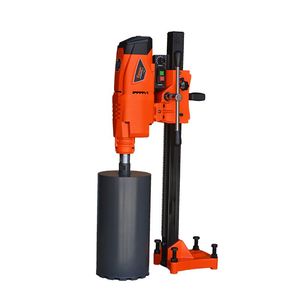

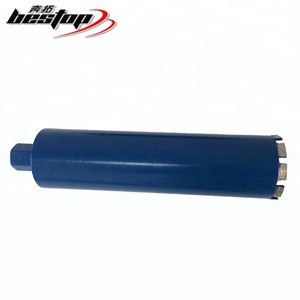






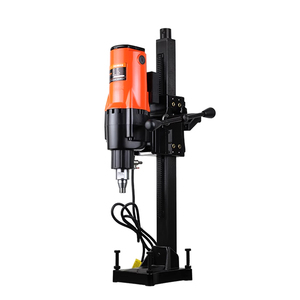

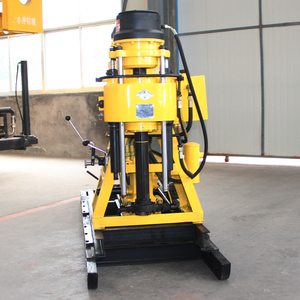







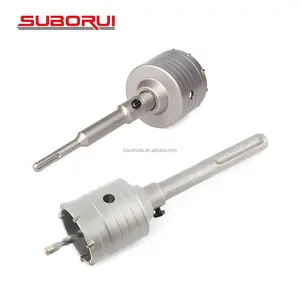


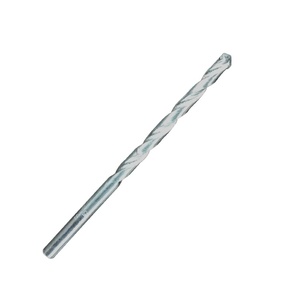
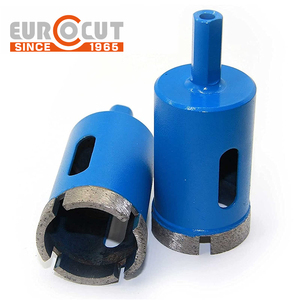

Các danh mục hàng đầu
Giới thiệu về khoan lõi bê tông
Khám phá nhiều keyword khoan lõi bê tông tại Alibaba.com. Dụng cụ nhà bếp là những dụng cụ cầm tay nhỏ được sử dụng trong ăn uống và nấu nướng. Chúng có thể được vận hành bằng tay hoặc tự động. Dụng cụ nấu ăn bao gồm nồi, chảo, thìa nhà bếp, dao, máy xay sinh tố, máy trộn, máy gọt vỏ, thớt, bát trộn, kẹp salad, máy vắt, máy đánh trứng, cốc đong, khay, tủ hấp, dụng cụ mở hộp, chảo, thìa, bộ hẹn giờ và kéo. có sẵn cho người bán buôn và khách hàng của họ.
Khi chọn đồ dùng nhà bếp mà chúng ta cần, điều đầu tiên chúng ta cần làm là đánh giá xem chúng ta sẽ sử dụng chúng để làm gì. Tất nhiên, có một số khoan lõi bê tông cơ bản mà nhà bếp nào cũng cần, chẳng hạn như dao, thìa, nồi và chảo. Nhưng những công cụ khác mà chúng ta có thể cần tùy thuộc vào keyword thực phẩm chúng ta sẽ chế biến. Ví dụ: nếu ai đó muốn nướng bánh ngọt hoặc bánh ngọt, họ cần các dụng cụ khác như cốc đong, thìa, thìa, khay đựng bánh và những thứ tương tự.
Các công việc nấu ăn phổ biến bao gồm cắt thức ăn , hâm nóng thực phẩm trên ngọn lửa hoặc bếp lò, nướng, cắt lát, bóc vỏ, xay, trộn, trộn và đo lường. Dụng cụ ăn uống hoặc ăn uống là một trong những khoan lõi bê tông quan trọng nhất được sử dụng trong gia đình. Chúng là những công cụ cầm tay cho phép chúng ta chuẩn bị, phục vụ và ăn thức ăn. Những công cụ này đã phát triển do những tiến bộ hoặc thay đổi trong sở thích hoặc khẩu vị, thói quen ăn uống hoặc công nghệ. Chúng cũng bao gồm bộ dao kéo, đũa, đĩa, bát, cốc, khăn ăn, v.v. Bạn có thể tìm thấy những công cụ này với nhiều bộ, kích thước, kiểu dáng, màu sắc và chất liệu khác nhau.
